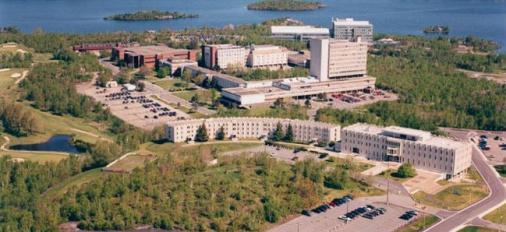When the NDP first released their Mining Strategy on March 7, 2011, probably very few in the mining sector paid much attention to the document. That was then and this is now! With the unprecedented surge in NDP support across the country – a historic game changer in Canadian political history – perhaps the mining sector had better pay much closer attention to NDP mining policy. – Stan Sudol
NEWS RELEASE: NORTHERN NEW DEMOCRATS ENDORSE MINING STRATEGY
FOR IMMEDIATE RELEASE
March 7, 2011
NDP only party with a mining strategy, and a mining critic – MP Gravelle
SUDBURY, ON – New Democrats unanimously endorsed a New Democrat Mining Strategy at this weekend’s Northern Council in Sudbury.
“I am so pleased that provincial and federal New Democrats from Northern Ontario endorsed this plan which protects Canada’s strategic interest by ensuring Canadian workers and their communities will be the primary beneficiaries of our natural resources,” said NDP Leader Jack Layton. “Recent years have seen foreign control over Canada’s mining sector rise from 12% when the Harpers Conservatives took power to over 40% today. And Northern Ontario has paid its own price for this increase in foreign control.”
“Over 300,000 Canadians, particularly those living and working in rural, Northern and remote communities, are directly employed in the mining sector,” said Claude Gravelle, (Nickel Belt), the NDP’s Mining Critic and the strategy’s author. “The mining, metals and mineral exploration sector, is worth $66 billion and directly contributes almost 4% of Canada’s total GDP, even before consideration of economic spin-offs. So, it is critical that we have a strategic plan in place to defend our interests.”























